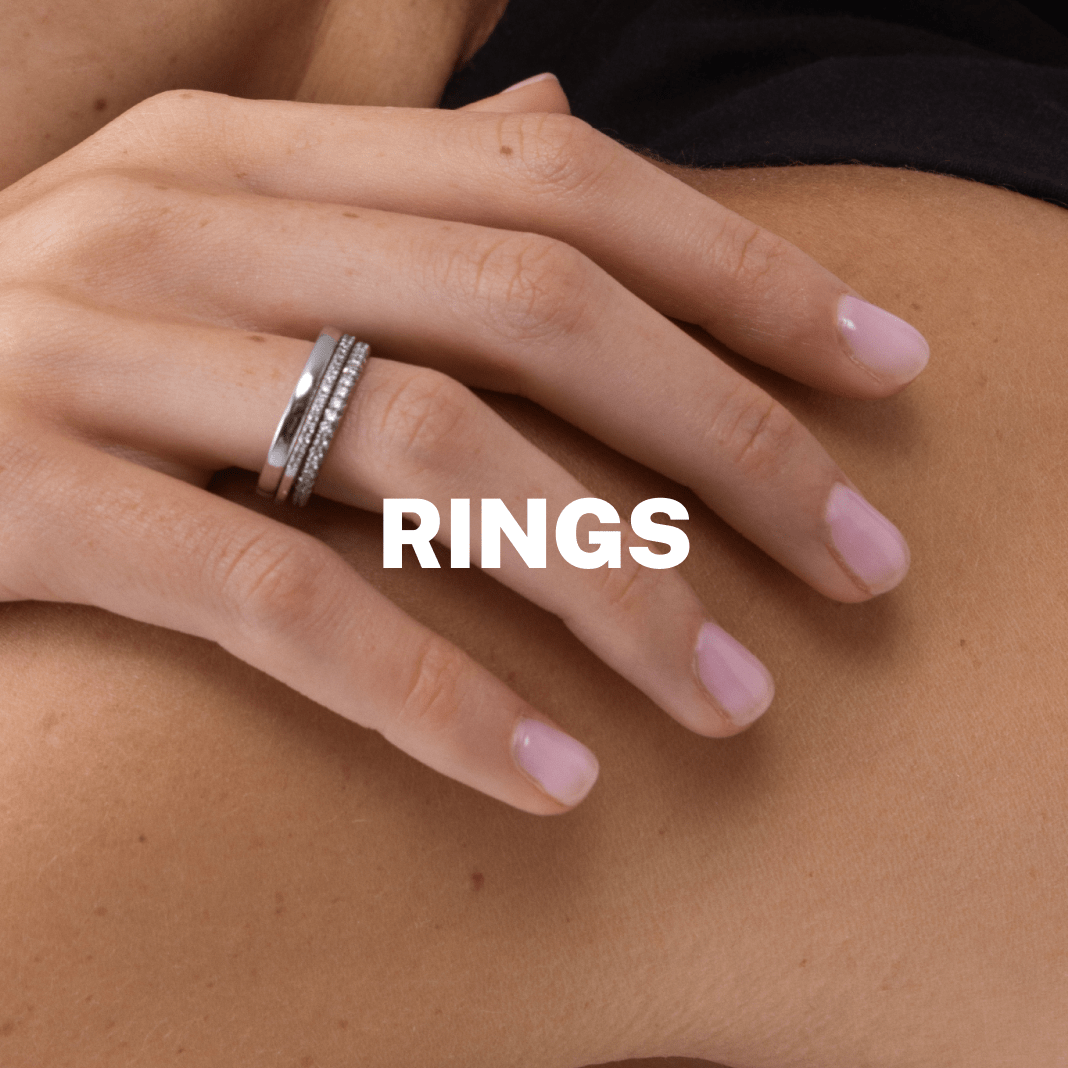


Are Lab Grown Diamonds Real? The Definitive Answer
Sun, Nov 16, 2025
In the rapidly evolving world of fine jewelry, few questions generate as much curiosity and debate as the central inquiry: are lab grown diamonds real? The answer, unequivocally, is yes. Lab-grown diamonds, often referred to as lab-created or synthetic diamonds, are chemically, physically, and optically identical to diamonds mined from the earth. The only difference lies in their origin—one is grown in a laboratory under controlled conditions, and the other is formed deep within the Earth's crust over billions of years.
Understanding the reality of lab-grown diamonds is essential for the modern consumer, as it unlocks access to larger, higher-quality stones, such as a magnificent 1 carat lab grown diamond ring, at a fraction of the cost of natural diamonds. This guide will delve into the science behind these stones, tackle the pressing question of why are lab grown diamonds cheaper, and provide a clear comparison to help you make the best choice for your next purchase.
The Science Behind the Sparkle: Are Lab Grown Diamonds Real?
The reality is that a lab-grown diamond is a diamond in every sense of the word. They possess the exact same atomic structure, crystal lattice, and chemical purity as their mined counterparts.

How They Are Created
Lab-grown diamonds are produced using two primary, sophisticated methods that mimic the extreme conditions under which natural diamonds are formed:
-
High-Pressure/High-Temperature (HPHT): This method replicates the earth's natural process. A small diamond seed is placed in carbon material, which is subjected to immense pressure (around $70,000$ atmospheres) and heat (over $1,500^{\circ}C$). The carbon dissolves and crystallizes around the seed, growing a full diamond crystal over several weeks.
-
Chemical Vapor Deposition (CVD): This process involves placing a diamond seed into a vacuum chamber filled with carbon-containing gas (like methane). The gas is ionized into plasma, breaking down the carbon molecules, which then "rain" onto the seed, atom by atom, causing the diamond to grow. This process often yields diamonds with greater clarity and fewer internal strains.
Because the resulting material is $100\%$ pure crystalline carbon, experts must use highly sophisticated equipment to determine if a diamond originated in the earth or a lab. Even trained gemologists cannot distinguish between the two with the naked eye. This identity is why organizations like the Federal Trade Commission (FTC) in the United States have clarified that a diamond is a diamond, regardless of its origin.
The Economics of Origin: Why Are Lab Grown Diamonds Cheaper?

This is the billion-dollar question that drives the market shift. If lab-grown diamonds are identical to natural diamonds, why are lab grown diamonds cheaper? The price disparity is vast, often resulting in lab-grown stones costing 50% to 80% less than a natural diamond of comparable quality (4Cs).
The lower price is not a reflection of lower quality or authenticity; it is a reflection of a vastly more efficient supply chain and the absence of historical scarcity pricing.
1. Eliminating Mining Costs
Natural diamonds incur enormous expenses associated with:
-
Extraction: Billions of dollars spent on heavy equipment, deep digging, and infrastructure for mining operations.
-
Logistics and Risk: Costs associated with security, ethical compliance, and transporting rough stones from remote regions.
-
Environmental Impact: Costs (often externalized) related to land use, waste management, and environmental restoration.
Lab grown diamonds bypass all these costs. The production takes place in a clean, industrial facility where the overhead is limited to machinery, energy, and highly skilled technicians.
2. Supply and Scarcity (The Rarity Factor)
The price of natural diamonds, especially large stones, is exponentially high because of their rarity. The cost increases dramatically with each jump in carat weight (e.g., a 2 carat diamond is significantly more than twice the cost of a 1 carat diamond).
Lab-grown diamonds are not subject to the rarity factor. While it still takes time and energy to grow a large diamond, the process is repeatable and scalable. Jewelers can reliably produce a beautiful 1 carat lab grown diamond ring or even much larger stones, thus eliminating the massive price premium associated with natural scarcity.
3. Price Transparency
The lab-grown diamond market operates with higher price transparency because the manufacturing cost is more predictable. This direct pricing structure eliminates many of the layers of brokers and dealers found in the traditional diamond supply chain, resulting in substantial savings passed directly to the consumer.
How Much Cheaper Are Lab Grown Diamonds Than Natural Diamonds?

The question of how much cheaper are lab grown diamonds than natural diamonds directly translates into the quality of stone you can afford.
On average, a lab-grown diamond is typically 50% to 80% less expensive than a mined diamond of the same carat weight, color, and clarity.
Example Price Comparison (Estimated Retail Price for a G Color, VS1 Clarity, Excellent Cut Round Diamond):
| Carat Weight | Natural Diamond (Mined) | Lab Grown Diamond (Identical Quality) | Approximate Savings |
| 1 Carat | $5,500 - $7,500 | $1,500 - $2,500 | 70% |
| 2 Carat | $15,000 - $25,000 | $3,000 - $5,500 | 75% |
| 3 Carat | $35,000 - $50,000 | $8,000 - $15,000 | 75% - 80% |
| 4 Carat | $60,000 - $90,000 | $10,000 - $20,000 | 80% |
This significant savings allows buyers to do one of two things:
-
Maintain Budget, Upgrade Quality: Buy a diamond that is superior in color (e.g., D-E instead of G-H) or clarity (VVS instead of VS) while staying within the original budget.
-
Maintain Quality, Upgrade Size: Purchase a significantly larger diamond (e.g., a $1.5$ or $2$ carat stone) for the price of a $1$ carat mined stone. This is often the most popular choice, as visible size makes the most dramatic difference.
The Final Consideration: Value and Ethics
While the financial savings are the primary driver, two other factors cement the position of lab-grown diamonds in the modern jewelry market:
1. Ethics and Traceability
Lab-grown diamonds offer complete transparency in their origin, ensuring they are $100\%$ conflict-free. For many consumers, this ethical certainty is just as valuable as the price difference, providing unparalleled peace of mind.
2. Durability and Certification
Since lab-grown diamonds are real diamonds, they possess the same unparalleled hardness (a 10 on the Mohs scale). They are extremely durable and perfect for everyday wear in an engagement ring or a tennis bracelet.
Furthermore, all reputable lab-grown diamonds are certified by major independent gemological institutes like the IGI (International Gemological Institute) or GIA (Gemological Institute of America). These certificates grade the stone based on the 4Cs, confirming its quality and authenticity as a true diamond.
In conclusion, when you ask, are lab grown diamonds real, the scientific and commercial answer is a resounding yes. They represent the future of luxury: the chance to own a diamond that is chemically identical, visually flawless, ethically sourced, and financially accessible. The choice is no longer between real and fake, but between origin and value.


































